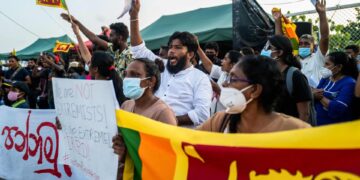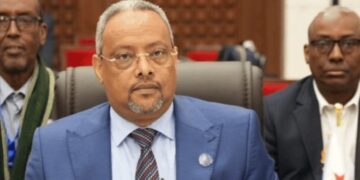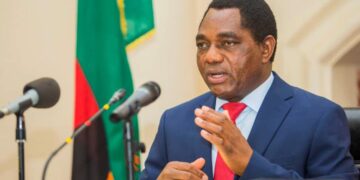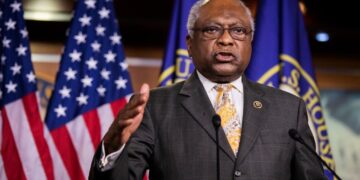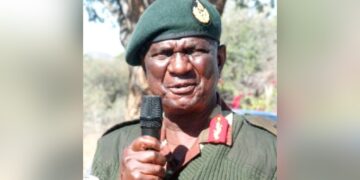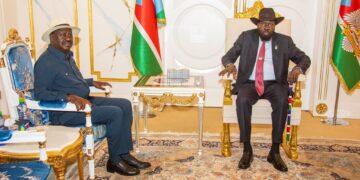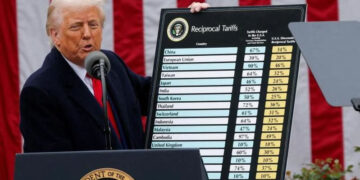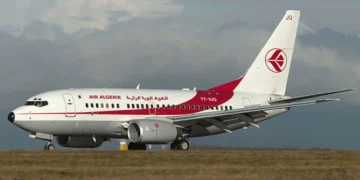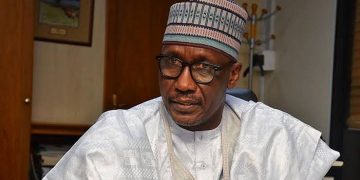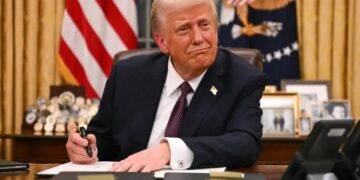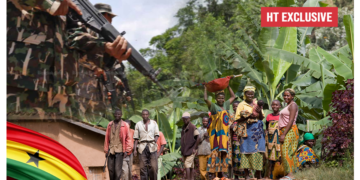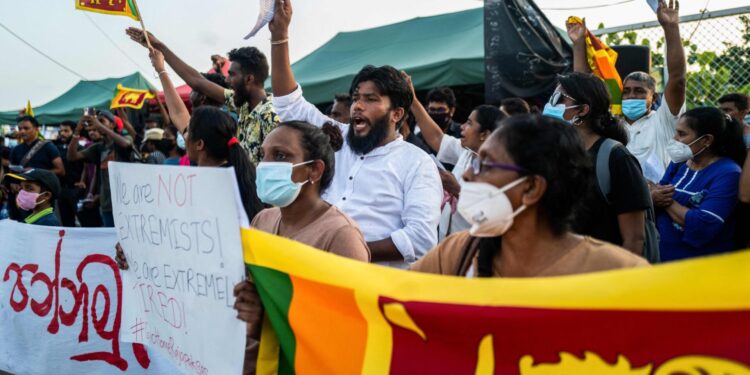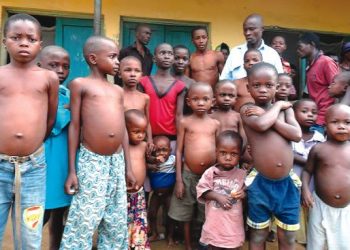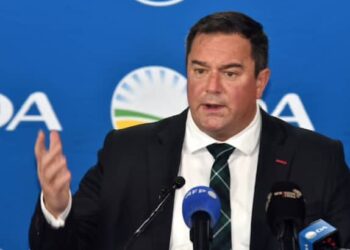Fresh anti-government protests spread across Sri Lanka on Wednesday, a day after police shot dead a demonstrator and triggered international condemnation just as the crisis-hit country appealed for an IMF bailout.
Regular blackouts, acute shortages of food and fuel and record inflation have sparked increasing public discontent in the island, which is dealing with its worst economic downturn since independence in 1948.
The latest wave of demonstrations are the largest so far in the current unrest and again saw protesters blockading key highways, according to Sri Lanka’s public order ministry.
“Considerable crowds cut off roads, while there were smaller, but more widespread demonstrations elsewhere,” ministry secretary Jagath Alwis said in a statement.
State-run hospitals also saw medical staff stop all work except emergency surgeries to again protest a serious shortage of life-saving medicines.
Wednesday’s protests were the latest in weeks of demonstrations giving shape to public anger over chronic shortages and demanding the government’s resignation.
A day earlier, a 42-year-old father of two was killed when police dispersed a crowd in the town of Rambukkana with tear gas and live ammunition. Nearly 30 others were wounded in the confrontation.
“I was hit with a baton on my leg and hand,” Vasantha Kumara, a chef from the town, told AFP. “I begged the cops not to beat me, but they didn’t listen.”
“People are angry. We are all poor people fighting for basics.”
People in Rambukkana, 95 kilometres (60 miles) east of the capital Colombo, defied an official curfew to again take to the streets in protest a day after the violence.
President Gotabaya Rajapaksa said he was “deeply saddened” by the police shooting and promised to uphold the public’s right to peacefully protest against his government.
Sri Lanka’s police force “will carry out an impartial and transparent inquiry”, he wrote on Twitter.
